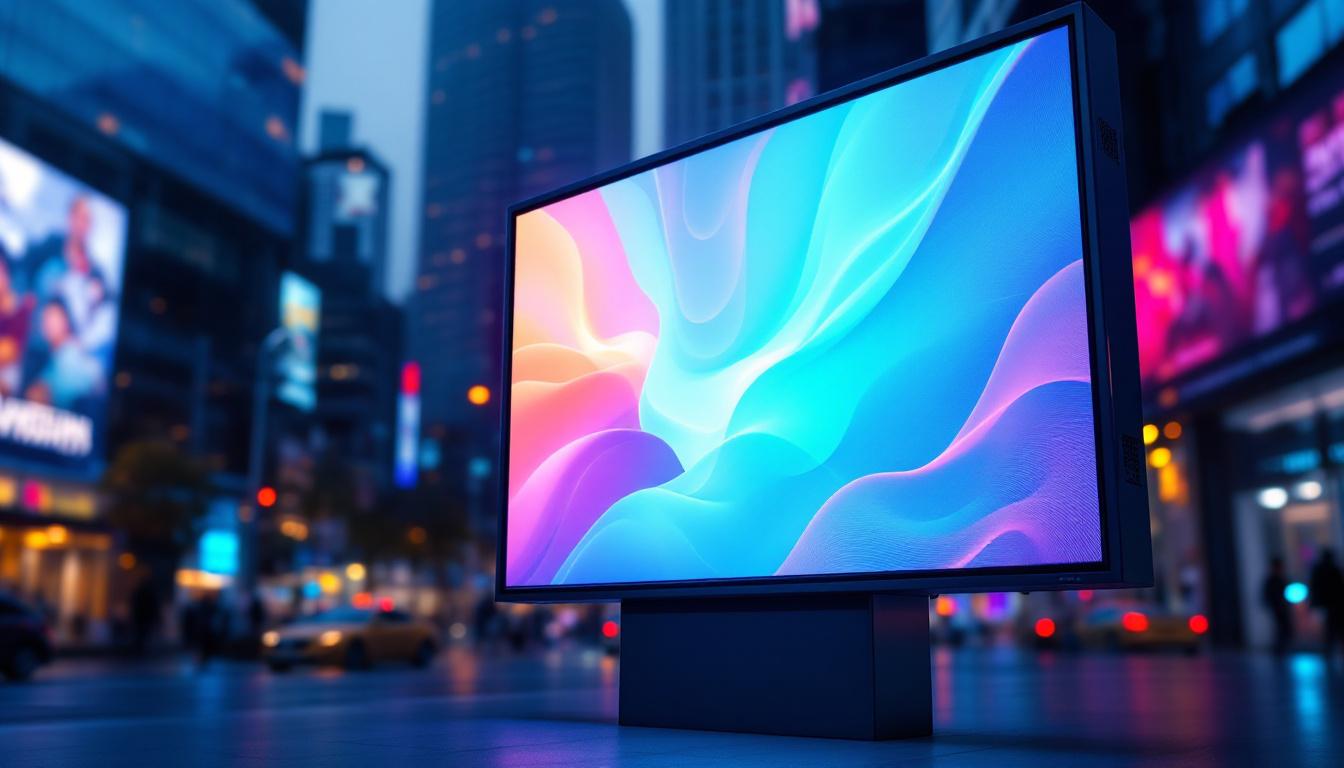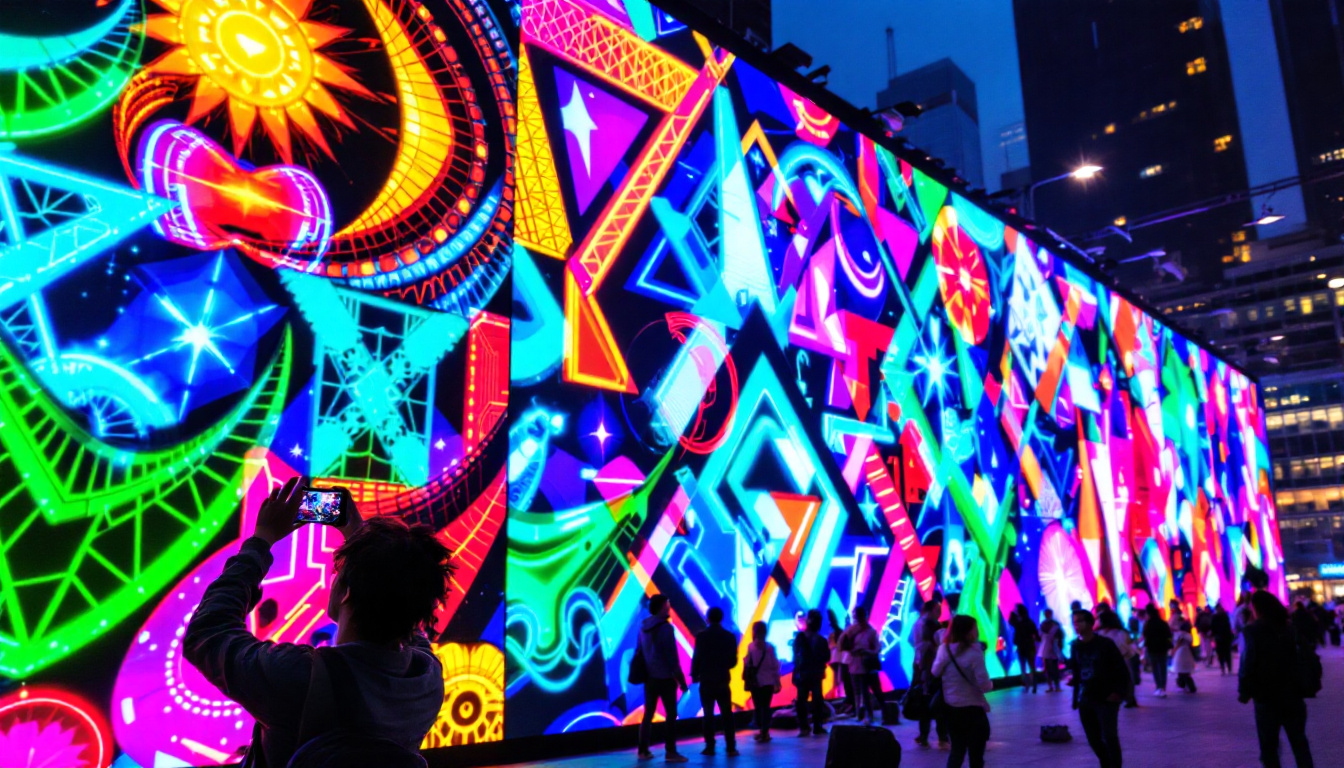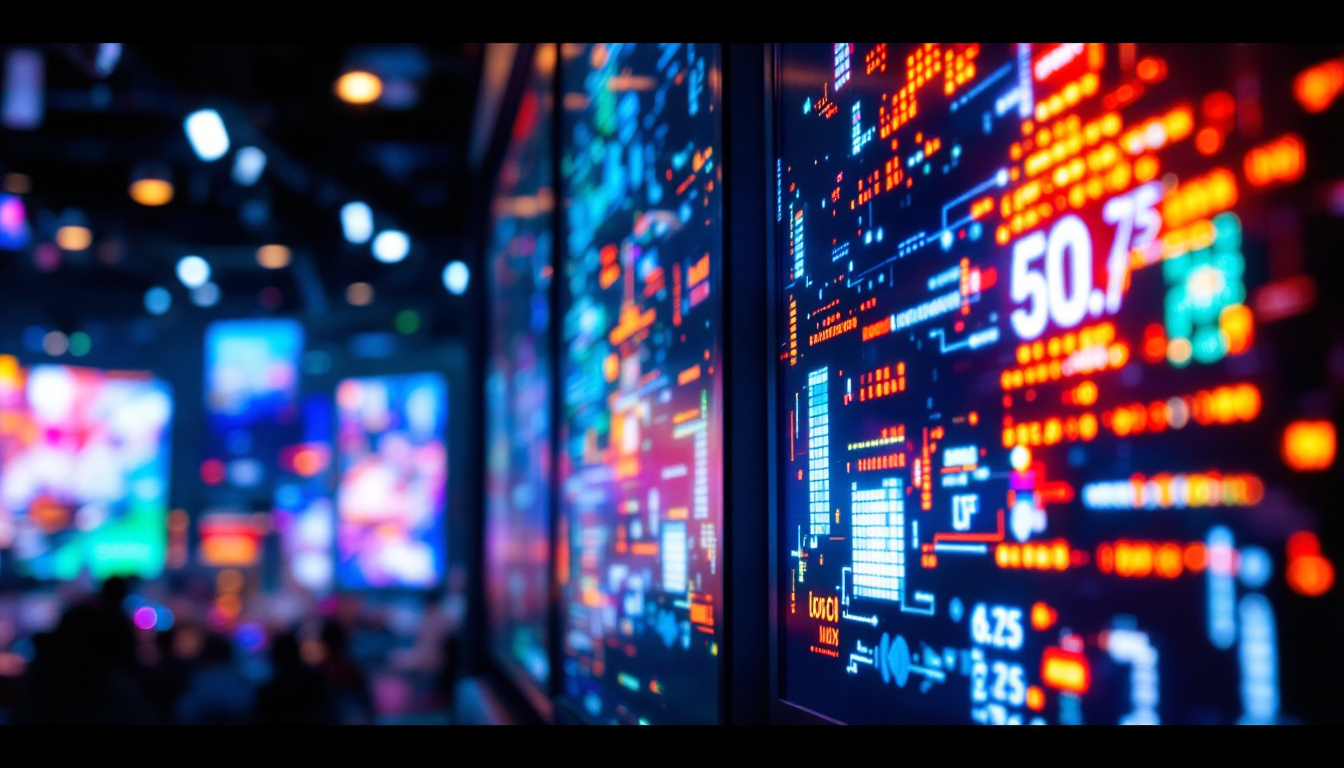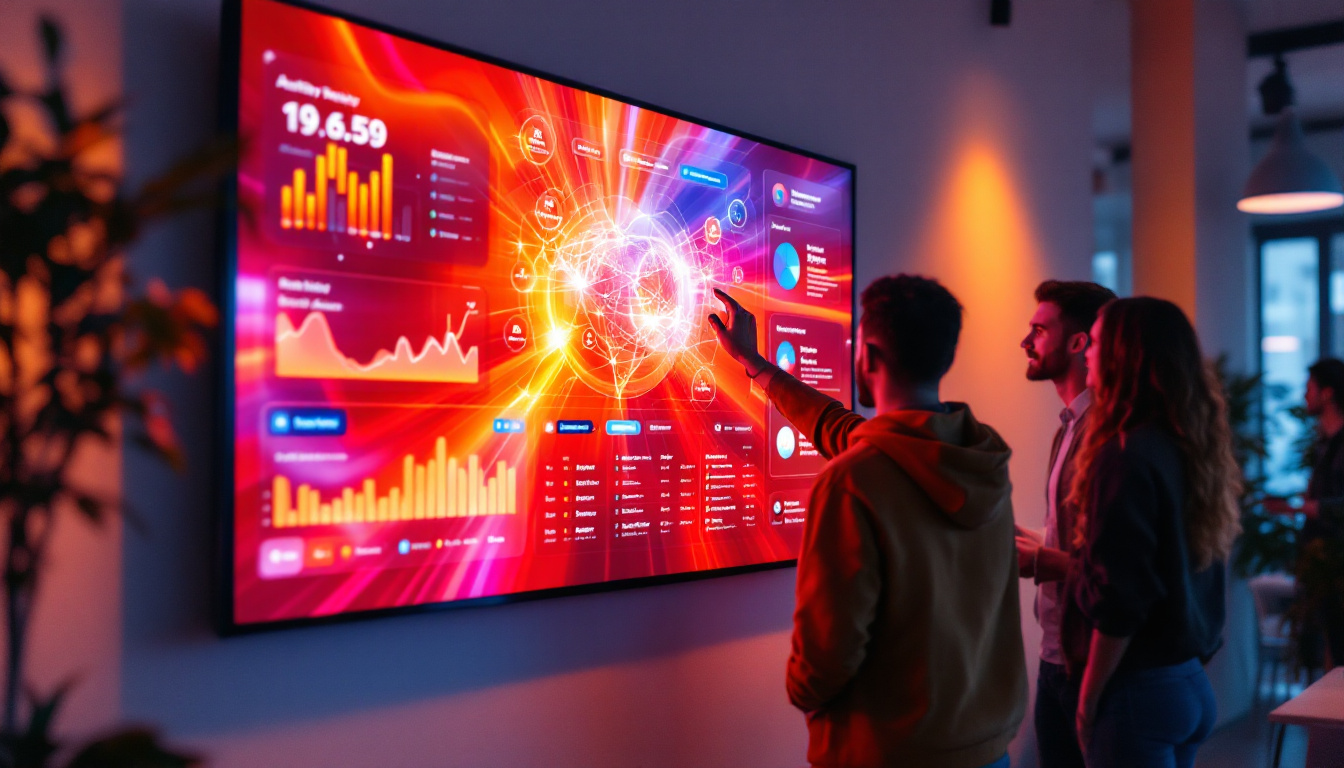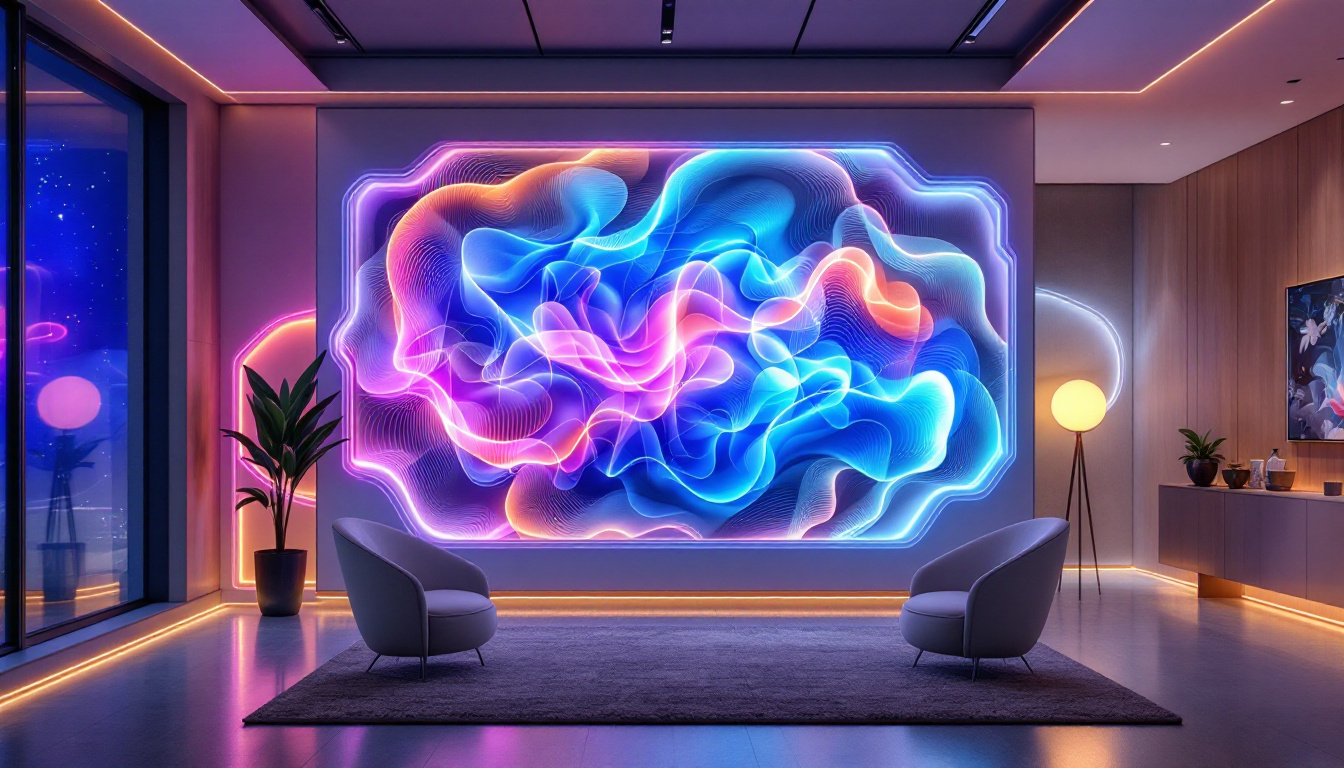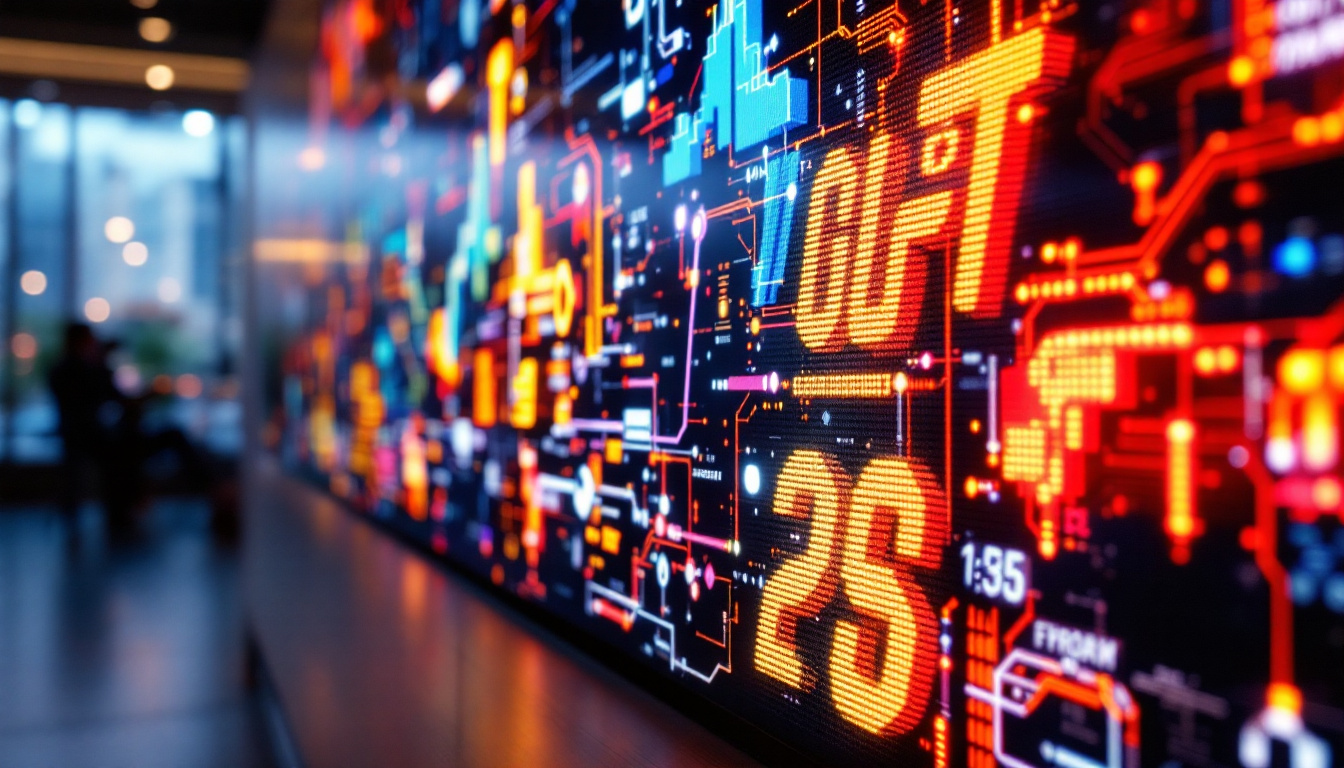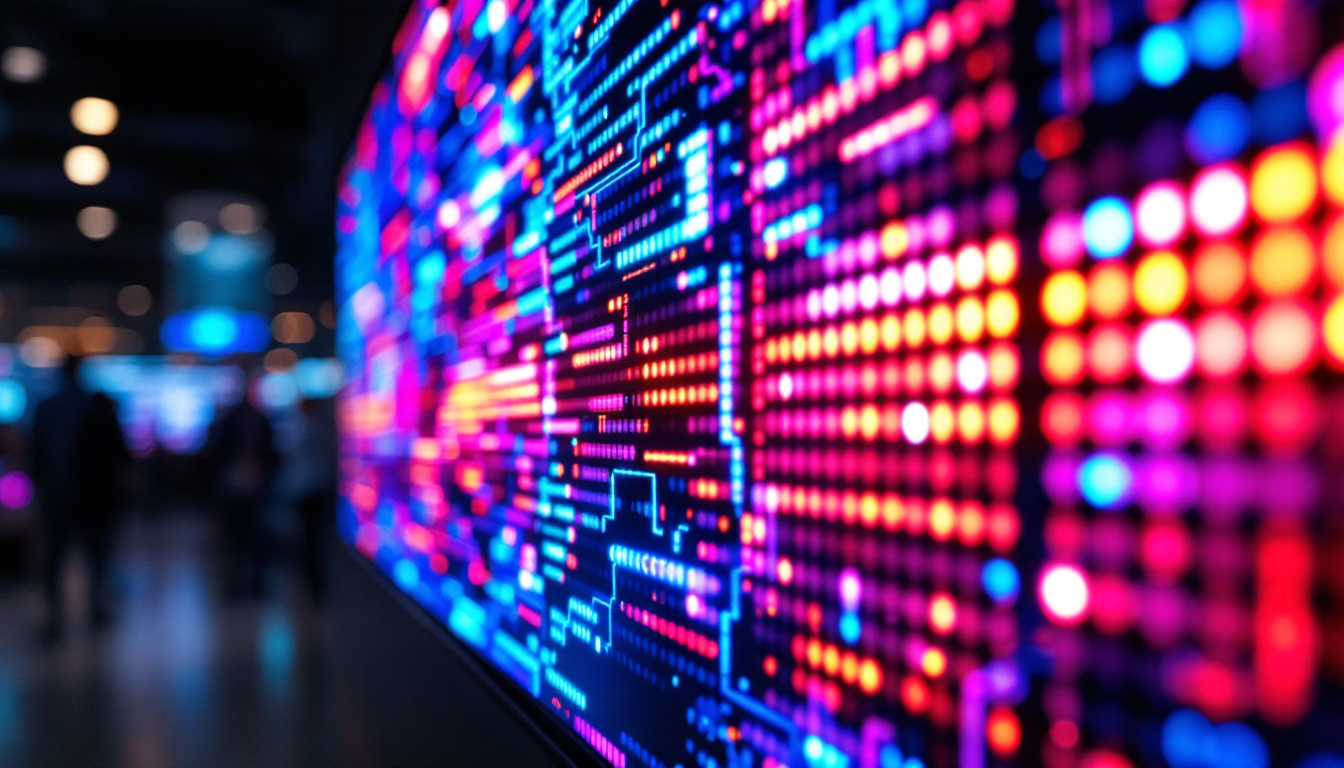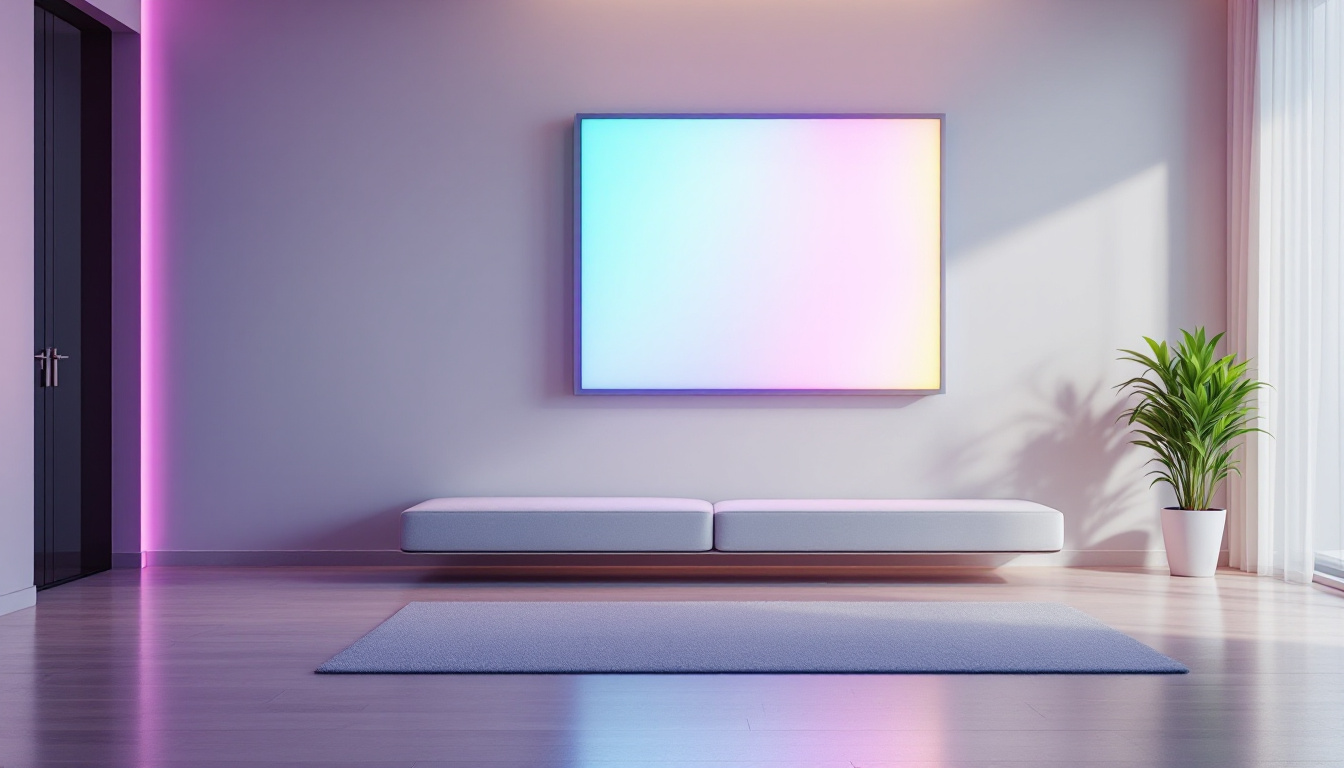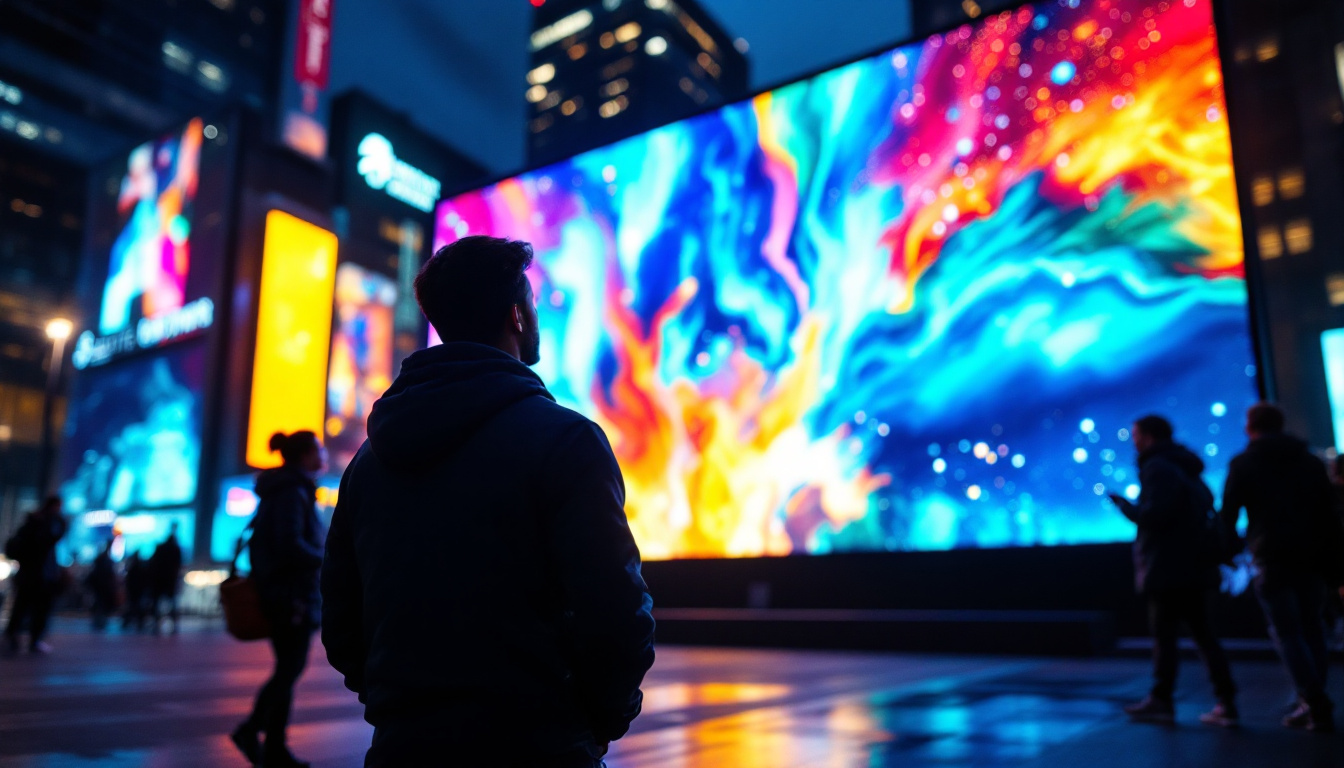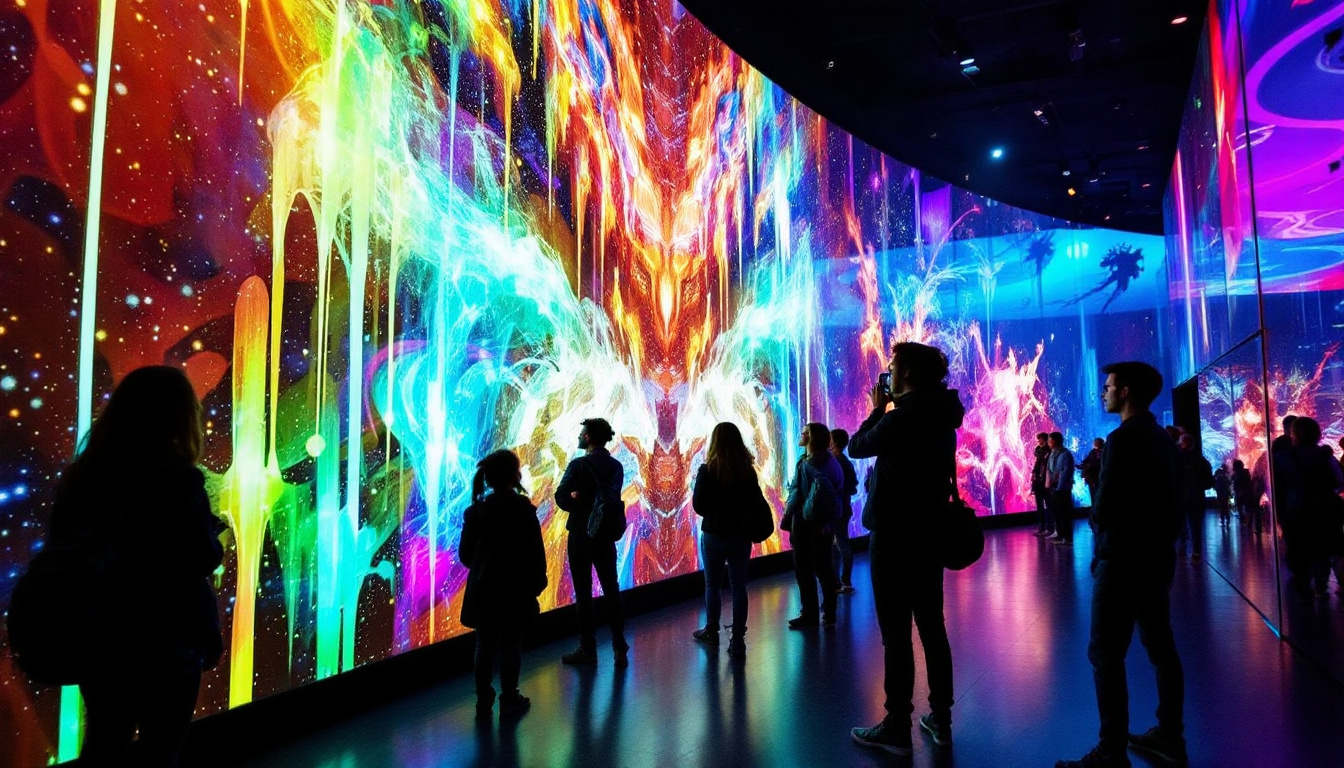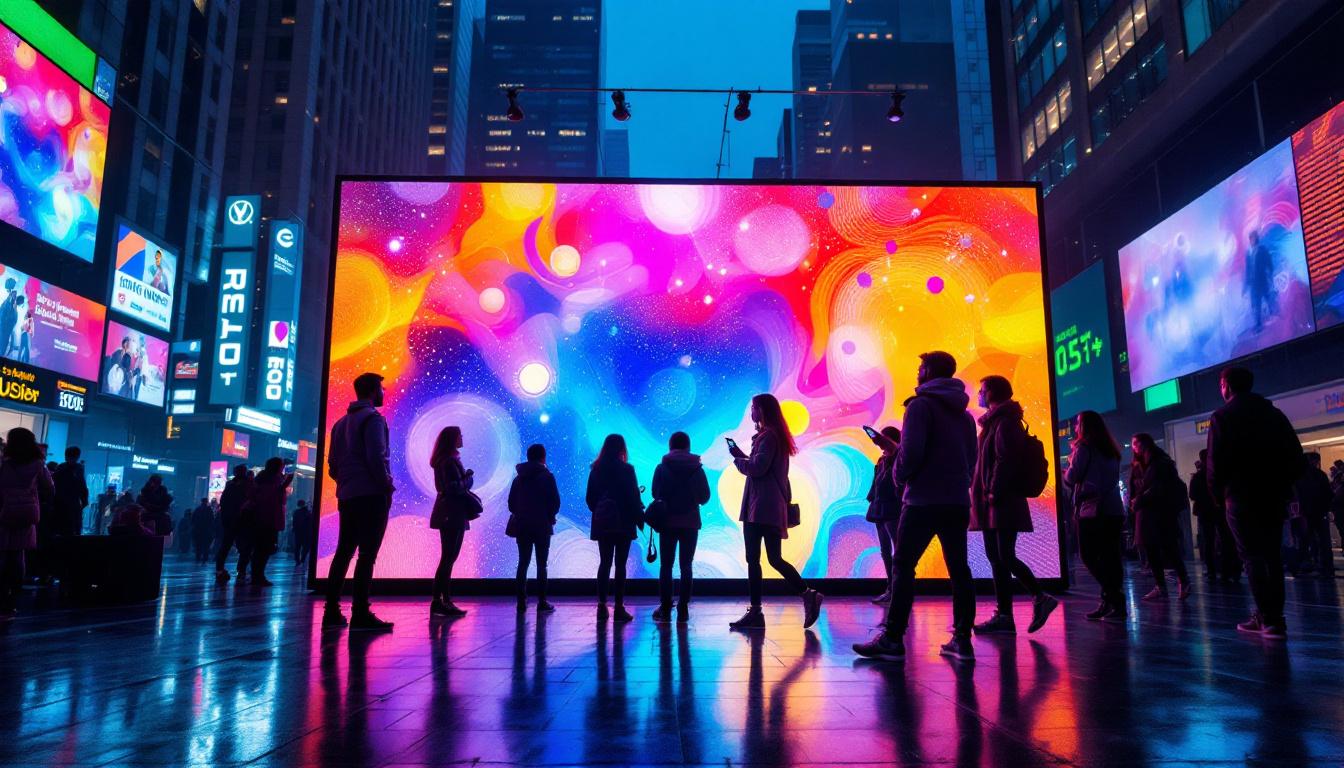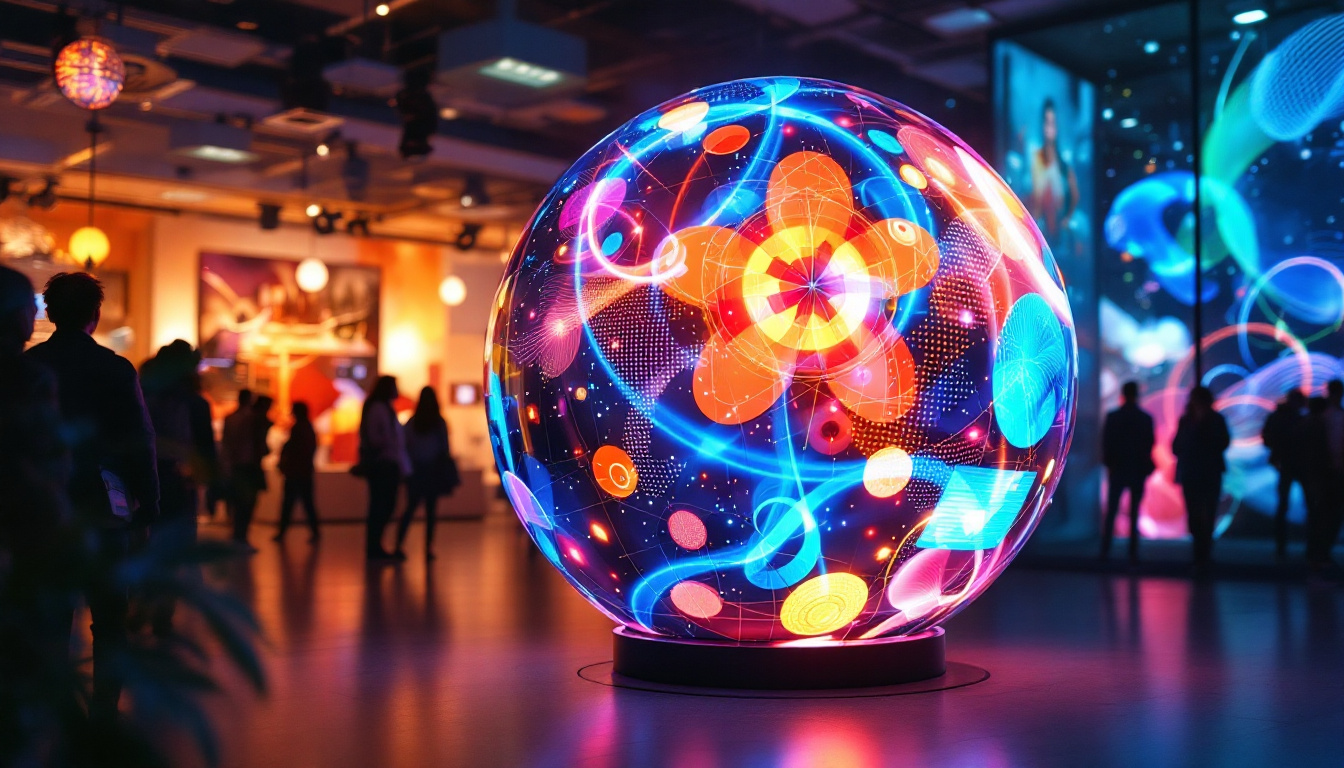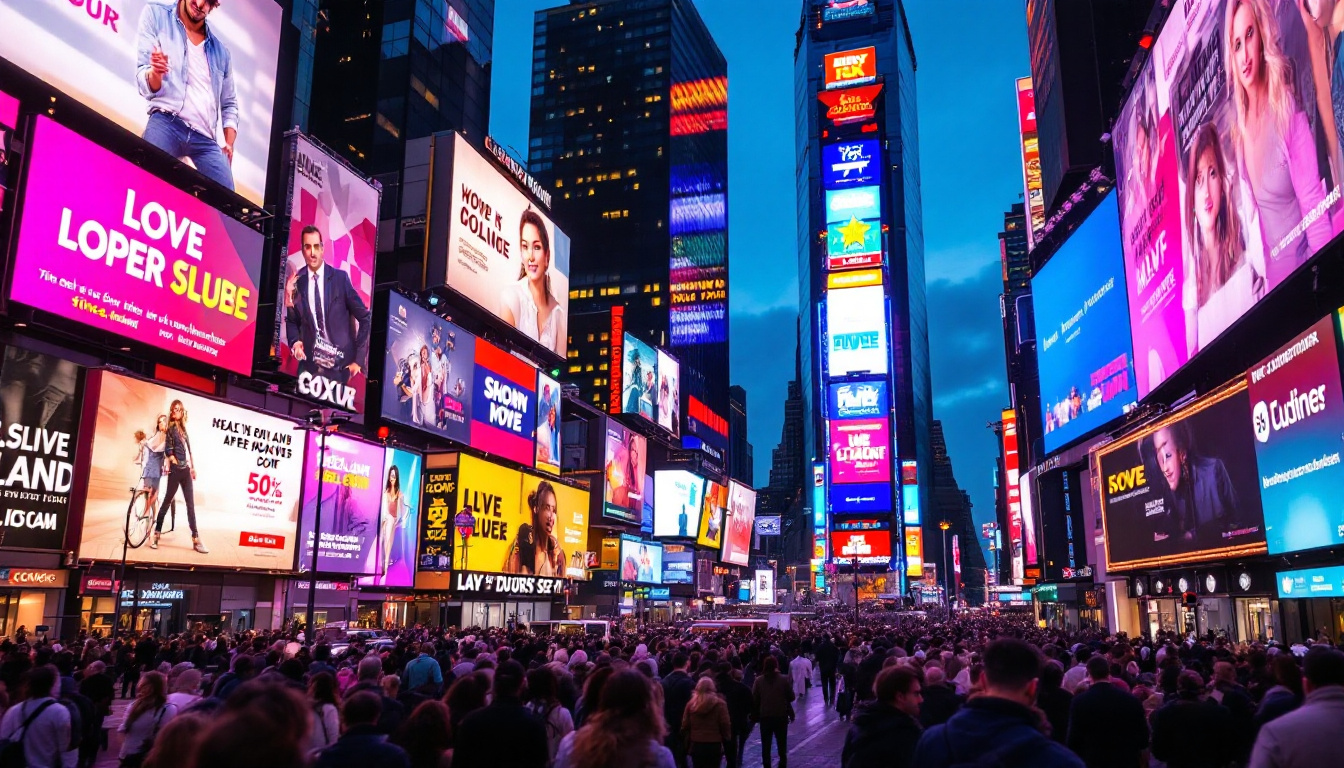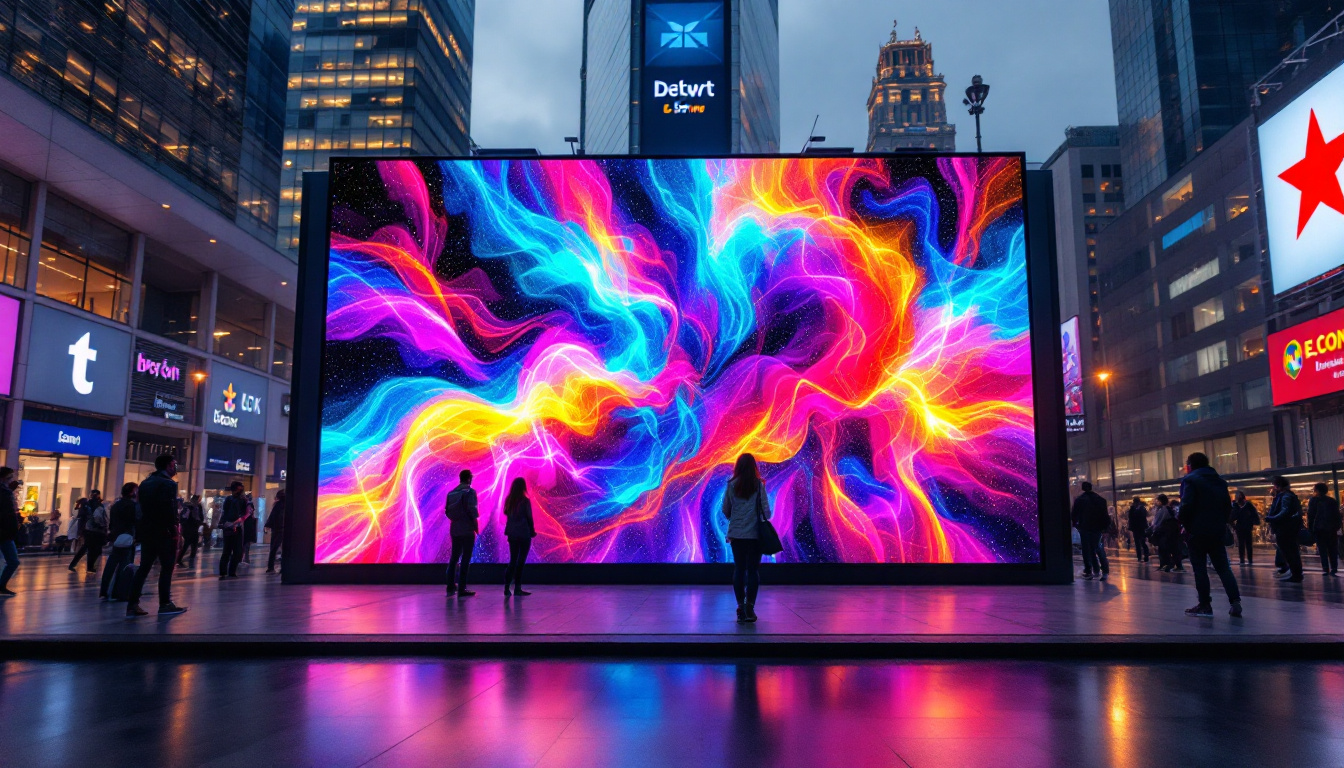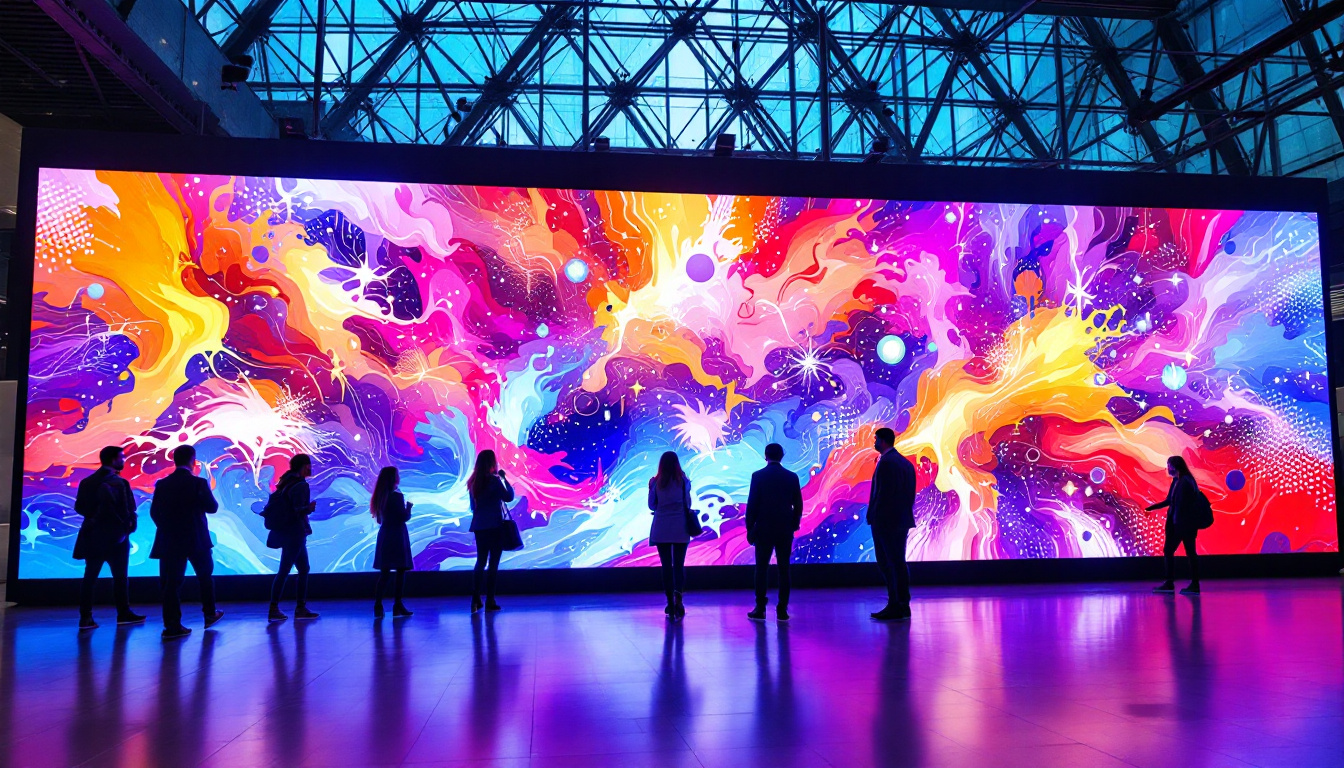In today’s digital age, high resolution screens have become an integral part of everyday life, from smartphones and televisions to billboards and stadium displays. Among the various display technologies available, LED displays stand out for their brightness, color accuracy, and versatility. This article delves into the world of LED displays, explaining what they are, how they work, and why they have become the preferred choice for high resolution screens across multiple industries.
Understanding LED Display Technology
What is an LED Display?
LED stands for Light Emitting Diode, a semiconductor device that emits light when an electric current passes through it. An LED display is a flat panel display that uses an array of these tiny LEDs as pixels to create images and videos. Unlike traditional LCD screens that rely on backlighting, LED displays produce their own light, resulting in brighter images and better contrast ratios.
LED displays come in various forms, including direct-view LED panels, LED-backlit LCDs, and microLED displays. Direct-view LED displays are commonly used in large-scale applications such as digital billboards, stadium screens, and outdoor advertising, while LED-backlit LCDs are prevalent in consumer electronics like TVs and monitors. The versatility of LED technology allows it to be adapted for different environments, from the vibrant colors of a concert stage to the subtle hues of a high-end home theater system, making it a preferred choice across various industries.
How Do LED Displays Work?
Each pixel in an LED display consists of one or more LEDs that emit red, green, and blue light. By adjusting the intensity of these three colors, the display can produce a wide spectrum of colors. This RGB color model is fundamental to how digital screens render images. The ability to mix these primary colors allows for the creation of millions of different shades, enabling highly detailed and lifelike visuals that enhance the viewing experience.
In direct-view LED displays, the LEDs themselves form the image. When electric current flows through the red, green, and blue LEDs in each pixel, they light up at varying intensities, mixing colors to create the desired image. The precision of this control determines the display’s resolution and color accuracy. Furthermore, advancements in pixel pitch—the distance between the centers of adjacent pixels—have allowed for closer viewing distances without sacrificing image quality, making them ideal for both indoor and outdoor settings. MicroLED technology, an emerging innovation, takes this a step further by using microscopic LEDs, enabling even higher resolution and brightness with lower power consumption. This technology is poised to revolutionize display quality in the coming years, offering not only improved visuals but also greater energy efficiency, which is increasingly important in our environmentally conscious world.
The Importance of Resolution in LED Displays
Defining Resolution and Pixel Pitch
Resolution refers to the number of pixels displayed on a screen, typically defined by width × height (e.g., 1920×1080 pixels). The higher the resolution, the more detail the screen can show. However, in LED displays, resolution is closely tied to pixel pitch—the distance between the centers of two adjacent pixels, measured in millimeters.
Pixel pitch directly affects the viewing distance and image clarity. A smaller pixel pitch means pixels are packed more tightly, resulting in sharper images suitable for close-up viewing. Conversely, larger pixel pitches are acceptable for displays viewed from a distance, such as outdoor billboards. This relationship between pixel pitch and resolution is crucial for determining the optimal setup for various environments, whether it’s a stadium, a retail space, or a corporate boardroom.
Why High Resolution Matters
High resolution LED displays offer several advantages. For commercial applications, sharper images and vibrant colors attract more attention, enhancing advertising effectiveness. In control rooms and medical imaging, precise detail is critical for accurate monitoring and diagnosis.
Moreover, as consumer expectations evolve, high resolution has become a standard feature in devices like smartphones, laptops, and televisions. The ability to display ultra-high-definition (UHD) content with lifelike clarity is no longer a luxury but a necessity. This trend is also reflected in the growing demand for high-resolution displays in various sectors, including education, where interactive displays are increasingly used to engage students with visually rich content. The immersive experience provided by high-resolution screens fosters better learning outcomes, as students can better visualize complex concepts and data.
Additionally, the advancements in LED technology have led to the development of displays that not only boast high resolutions but also improved color accuracy and brightness levels. This is particularly important in environments where lighting conditions can vary significantly, such as outdoor events or exhibitions. The ability to maintain consistent image quality under different lighting scenarios ensures that the message conveyed is both clear and impactful, making high-resolution LED displays an invaluable tool for effective communication in today’s visually-driven world.
Types of LED Displays and Their Applications
Indoor vs. Outdoor LED Displays
LED displays are broadly categorized into indoor and outdoor types, each optimized for their environment. Indoor LED displays typically have a smaller pixel pitch, ranging from 0.9mm to 4mm, allowing for high resolution and close viewing distances. These are commonly found in conference rooms, retail stores, and entertainment venues. The vibrant colors and sharp images produced by these displays enhance presentations and advertisements, making them more engaging for viewers. Additionally, many indoor displays come equipped with advanced features such as touch interactivity and integrated sound systems, further enriching the user experience.
Outdoor LED displays require higher brightness levels—often exceeding 5,000 nits—to remain visible under direct sunlight. They also have larger pixel pitches (usually 4mm to 20mm) as viewers are generally farther away. These displays are weatherproof and built to withstand harsh environmental conditions, making them ideal for billboards, sports arenas, and transportation hubs. Moreover, outdoor displays often incorporate advanced technologies like dynamic content management systems, allowing for real-time updates and targeted advertising based on audience analytics. This adaptability not only maximizes visibility but also enhances the effectiveness of marketing campaigns.
Flexible and Transparent LED Displays
Recent advancements have introduced flexible LED displays that can bend and curve, opening new possibilities in design and installation. These are used in architectural projects, wearable technology, and immersive art installations. The flexibility of these displays allows designers to create unique shapes and forms that were previously unimaginable, such as curved screens that wrap around columns or ceilings. This innovation is particularly appealing in modern retail environments, where captivating displays can draw customers in and create memorable shopping experiences.
Transparent LED displays, which allow light to pass through while displaying images, are gaining popularity in retail windows and automotive heads-up displays. They blend digital content with real-world views, creating innovative user experiences. Retailers can showcase products behind the transparent screens while simultaneously displaying promotional content, effectively merging the physical and digital shopping worlds. Furthermore, these displays are being explored in smart city projects, where they can provide real-time information to pedestrians without obstructing views, enhancing urban aesthetics while delivering valuable data. As technology continues to evolve, the potential applications for transparent and flexible LED displays are boundless, promising to reshape how we interact with our environments.
Advantages of LED Displays Over Other Technologies
Brightness and Energy Efficiency
One of the standout features of LED displays is their superior brightness. LEDs can achieve brightness levels far beyond those of traditional LCD or plasma screens, making them highly visible even in bright ambient light conditions. This makes LED displays ideal for outdoor advertising and public information systems.
In addition to brightness, LEDs are energy-efficient. They consume less power compared to other display technologies, which translates into lower operating costs and a smaller environmental footprint. This efficiency is particularly important for large-scale installations that operate continuously.
Durability and Longevity
LED displays are known for their durability. They are less prone to screen burn-in, a common issue with OLED and plasma screens. LEDs also have a longer lifespan, often exceeding 100,000 hours of operation before significant brightness degradation occurs.
These characteristics make LED displays reliable for critical applications such as traffic signals, emergency alerts, and public transportation signage, where consistent performance is essential.
Challenges and Considerations in LED Display Deployment
Cost Factors
While LED displays offer numerous benefits, they can be expensive to manufacture and install, especially high resolution models with small pixel pitches. The initial investment may be significant, but the total cost of ownership often balances out due to energy savings and longevity.
For businesses and organizations considering LED displays, it’s important to evaluate the return on investment based on factors such as audience reach, advertising impact, and operational costs.
Maintenance and Calibration
Maintaining LED displays requires regular calibration to ensure color accuracy and brightness uniformity. Over time, individual LEDs may degrade at different rates, potentially causing color shifts or dimming in parts of the screen.
Advanced control systems and diagnostic tools help operators monitor display health and perform timely maintenance. For large installations, having a maintenance plan in place is crucial to avoid downtime and preserve image quality.
The Future of LED Display Technology
Emerging Trends and Innovations
The LED display industry is rapidly evolving. MicroLED technology promises to deliver unprecedented resolution and energy efficiency, potentially surpassing OLED in picture quality. Research is also focused on improving flexible and transparent displays, enabling new form factors and interactive experiences.
Artificial intelligence and machine learning are being integrated into display management systems to optimize brightness, color calibration, and content delivery based on environmental conditions and viewer preferences.
Impact on Industries and Daily Life
As LED displays become more advanced and affordable, their applications will continue to expand. In retail, dynamic digital signage will enhance customer engagement. In healthcare, high resolution displays will improve diagnostic accuracy. Smart cities will leverage LED screens for real-time information dissemination and public safety.
Ultimately, high resolution LED displays are set to transform how people interact with digital content, blending technology seamlessly into everyday environments.
Conclusion
LED displays represent a pinnacle of modern screen technology, combining brightness, color fidelity, and versatility to meet the demands of diverse applications. Understanding the fundamentals of LED technology, resolution, and pixel pitch is essential for selecting the right display solution.
Despite challenges such as cost and maintenance, the benefits of LED displays—especially in high resolution formats—make them a compelling choice for businesses, governments, and consumers alike. With ongoing innovations on the horizon, the future of LED displays promises even more immersive and impactful visual experiences.
Explore Cutting-Edge LED Display Solutions with LumenMatrix
Ready to elevate your visual experience with high-resolution LED displays? LumenMatrix is at the forefront of LED display innovation, offering a wide range of solutions tailored to your needs. From captivating Indoor LED Wall Displays to dynamic Outdoor LED Wall Displays, and from versatile Vehicle LED Displays to engaging LED Sports Displays, our technology is designed to revolutionize visual communication. Discover how LumenMatrix can enhance your brand visibility and create immersive visual experiences that resonate with your audience. Check out LumenMatrix LED Display Solutions today and step into the future of digital signage.

